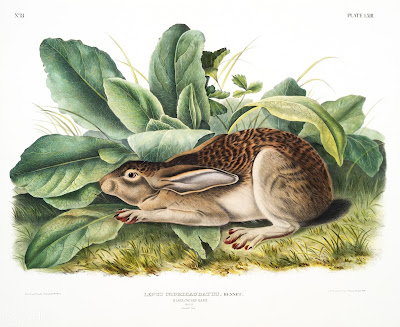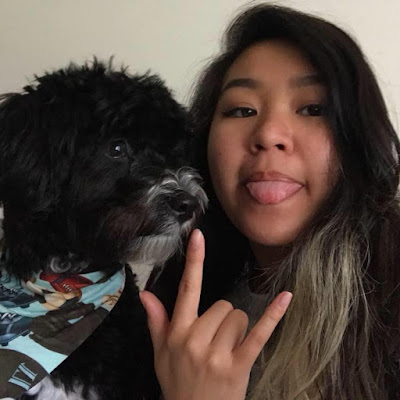Reading Notes: Myth-Folklore Anthology, Reading B
In trying to "read like a writer," I feel that I may not have done my first reading notes correctly but here it goes. I mainly just took notes on my thoughts on the stories. I wasn't really sure what I wanted to note from the stories because I don't really have an idea for my own story right now so I will probably end up referring back to these passages later. Hopefully after that, I'll start to have a better picture of what kind of story aspects I will want to use and what I won't.
1. The Divine: The Eight-Forked Serpent of Koshi, Romance of Old Japan, Part I: Mythology and Legend by E. W. Champney and F. Champney (1917).
This one was kind of hard for me to read because of the older word usage. "Why lament ye thus piteously?" takes me a little longer to process in my head than say, "Why grieve over me so pitifully?" if that was even the correct interpretation. Once I got it all together though the story was interesting and heroic, fairly typical since Susa-no-wo ends up with the beautiful daughter after slaying a monstrous serpent.
2. Origins: The Man in the Moon, Laos Folk-Lore by Katherine Neville Fleeson, with photographs by W.A. Briggs (1899).
This story was very short and to-the-point which makes sense for a quick lesson of how you should just be grateful for where you are. I really liked the word choices though, to me it really made it a brief, beautiful story.
3. Origins: The Hare that Was Not Afraid to Die, Stories and Legends by Marie L. Shedlock (1920).
Like the other Origins story, this one also cut to the chase. I enjoyed the variety of characters, however, even though all the animals besides the Hare did similar actions to contrast the Hare, their actions all related towards their animal character (Otter with fish, Monkey and mangoes, etc.) which I thought was cute and realistic.
1. The Divine: The Eight-Forked Serpent of Koshi, Romance of Old Japan, Part I: Mythology and Legend by E. W. Champney and F. Champney (1917).
This one was kind of hard for me to read because of the older word usage. "Why lament ye thus piteously?" takes me a little longer to process in my head than say, "Why grieve over me so pitifully?" if that was even the correct interpretation. Once I got it all together though the story was interesting and heroic, fairly typical since Susa-no-wo ends up with the beautiful daughter after slaying a monstrous serpent.
2. Origins: The Man in the Moon, Laos Folk-Lore by Katherine Neville Fleeson, with photographs by W.A. Briggs (1899).
This story was very short and to-the-point which makes sense for a quick lesson of how you should just be grateful for where you are. I really liked the word choices though, to me it really made it a brief, beautiful story.
3. Origins: The Hare that Was Not Afraid to Die, Stories and Legends by Marie L. Shedlock (1920).
Like the other Origins story, this one also cut to the chase. I enjoyed the variety of characters, however, even though all the animals besides the Hare did similar actions to contrast the Hare, their actions all related towards their animal character (Otter with fish, Monkey and mangoes, etc.) which I thought was cute and realistic.
 |
| Black-tailed Hare. Source: Rawpixel. |


Comments
Post a Comment